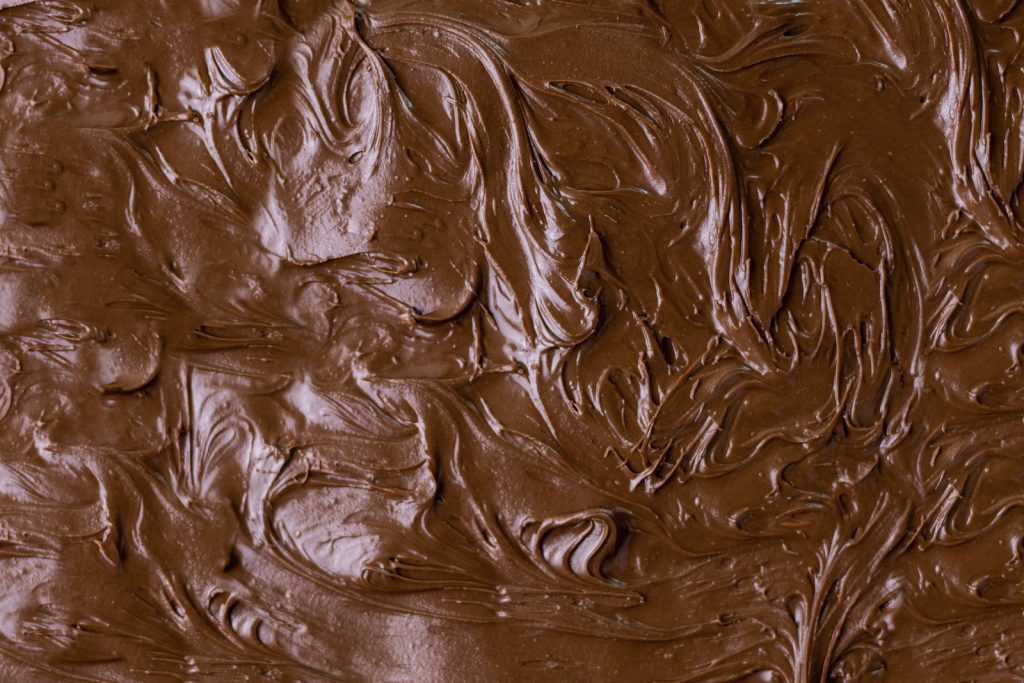In recent times, there’s been a discernible shift in consumer preferences towards more authentic, unadulterated food experiences. This trend is a rebuttal to the highly processed, additive-laden products that have long dominated the market. Among the champions of this pure food movement is 100% chocolate, standing as a bastion of unprocessed, authentic chocolate indulgence. It invites connoisseurs and casual consumers alike into a world where chocolate is experienced in its pristine, unadulterated form, offering a taste experience that is as rich in tradition as it is in flavor.
The Purity of 100% Chocolate

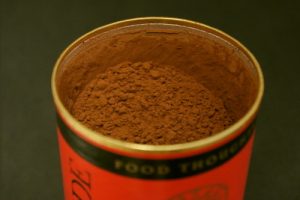
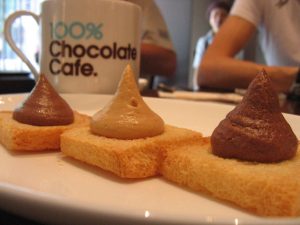
The allure of 100% chocolate lies in its absolute purity. Unlike its more commercial counterparts, 100% chocolate is devoid of additives like sugar, milk, or artificial flavors. It’s a bold departure from the sweet, often overly creamy chocolates that many have grown accustomed to. Here, nothing comes between the consumer and the unadulterated essence of cacao. Each bite is an ode to the rich, complex character of the cacao bean, unmasked by sweeteners or other flavor enhancers.
The appeal of this purity isn’t merely about taste; it’s a journey back to the roots of chocolate, a nod to its rich heritage. It’s about experiencing cacao in its purest form, engaging with its nuanced flavor profile in a manner that’s unmediated by additives. It’s a celebration of cacao’s intrinsic flavors, a tribute to the age-old tradition of chocolate-making.
Health Benefits
The health narrative surrounding 100% chocolate is as compelling as its purity narrative. The high cocoa content in 100% chocolate brings along a host of health benefits that are often diluted in other chocolate varieties with lower cocoa content.
- Antioxidants: Cocoa is replete with potent antioxidants like flavonoids, which combat oxidative stress and reduce inflammation, promoting overall health.
- Heart Health: The flavonoids in cocoa have been associated with improved heart health by aiding in lowering blood pressure, improving blood flow, and reducing the risk of heart disease.
- Improved Brain Function: The bioactive compounds in cocoa can enhance brain function and potentially protect against neurodegenerative conditions.
The allure of 100% chocolate extends beyond its tantalizing bitterness and authentic flavor; it’s also a nod towards a healthier, more wholesome approach to indulgence. In a world increasingly conscious of health and wellness, 100% chocolate doesn’t just satisfy the palate; it also resonates with the burgeoning desire for food that nourishes the body and delights the senses with minimal processing and additives.
The Unique Flavor Profile
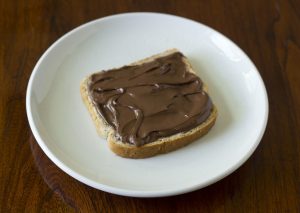
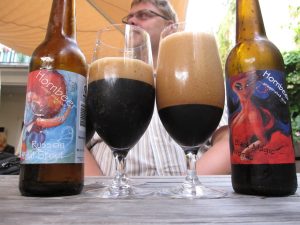

The journey into the essence of 100% chocolate unveils a complex, intense, and varied flavor profile that stands in a league of its own. Unlike its sweetened counterparts, 100% chocolate offers a pure, unadulterated exploration of cacao’s natural flavors. The narrative of its taste is penned with notes that range from fruity, floral, and nutty to earthy, woody, and smoky. It’s a narrative that’s rich, diverse, and reflective of the cacao bean’s origin.
A pivotal factor that orchestrates the flavor symphony of 100% chocolate is the terroir of the cacao beans. Much like wine, the soil, climate, and overall environment where the cacao tree grows significantly impact the flavor profile of the beans it bears. The terroir imparts unique characteristics to the cacao, and by extension, to the 100% chocolate crafted from it. Whether it’s the volcanic soils of Ecuador, the tropical climates of Ghana, or the fertile lands of Madagascar, each region imparts a unique signature on its cacao, making every bite of 100% chocolate a voyage to that specific part of the world.
The Artisanal Movement
The artisanal chocolate movement is not just a trend, but a revival of the age-old reverence for craftsmanship in chocolate making. At the heart of this movement is 100% chocolate, embraced for its purity, authenticity, and the scope it offers for showcasing the chocolatier’s craftsmanship. The creation of 100% chocolate is a meticulous process, a labor of love that necessitates a deep understanding of the cacao bean and a masterful ability to transform it into a chocolate that’s a work of art in itself.
The craftsmanship involved in making 100% chocolate is a blend of tradition, skill, and innovation. It’s about honoring the integrity of the cacao while also exploring the limitless possibilities it holds. The process involves careful selection of cacao beans, precision in roasting to bring out the desired flavors, meticulous grinding, and conching to attain that perfect texture, and tempering to achieve the desired sheen and snap. Each step is a testament to the skill, patience, and passion of the artisan chocolatier, culminating in a bar of 100% chocolate that’s as much a sensory delight as it is a tribute to the craft of chocolate making.
Pairing and Tasting Experiences
The bold and unadulterated flavor profile of 100% chocolate creates a fascinating canvas for culinary explorations, especially in the realm of pairing. The depth and breadth of its flavor notes find harmonious companions in a variety of beverages and foods.
- Wine Pairing: The tannic structure of certain wines, especially those with a robust profile like a well-aged Cabernet Sauvignon or a complex Pinot Noir, can complement the intense cacao flavor, creating a symbiotic taste experience.
- Whisky Pairing: The smoky, peaty notes of certain whiskies can create a resonant chord with the earthy, nutty flavors in 100% chocolate.
- Cheese Pairing: The creaminess of cheese can provide a nice contrast to the intense, slightly astringent notes of 100% chocolate, offering a balanced taste experience.
Beyond pairing, the allure of 100% chocolate has birthed a new trend of chocolate tasting events and experiences. These events are curated to educate and immerse participants in the nuanced world of pure chocolate, offering a deep-dive into the rich, varied flavor profile of 100% chocolate.
Challenges and Future Prospects
The road to producing and marketing 100% chocolate is laden with challenges yet also ripe with opportunities. The challenges stem from both production and consumer acceptance fronts.
- Production Challenges: The meticulous craftsmanship required, coupled with the high-quality cacao beans needed, can drive up production costs. Additionally, the absence of additives may pose a challenge in achieving a consistent product with a longer shelf life.
- Marketing Challenges: Convincing a sugar-accustomed palate to embrace the bold, bitter profile of 100% chocolate can be a steep hill to climb. The market for 100% chocolate is still niche, and building a broader consumer base requires educational marketing strategies to highlight its unique appeal and benefits.
On the flip side, the future prospects for 100% chocolate are promising. The rising trend of health consciousness and a growing appreciation for artisanal, authentic food products are tailwinds propelling the market potential for 100% chocolate.
- Health-Conscious Consumers: The absence of sugar and any artificial additives in 100% chocolate aligns well with the clean eating trend, potentially drawing a segment of health-conscious consumers.
- Gourmet Enthusiasts: The unique and authentic appeal of 100% chocolate is likely to continue attracting gourmet enthusiasts, connoisseurs, and adventurous eaters looking for novel, high-quality food experiences.
The horizon for 100% chocolate is as wide as the industry’s willingness to innovate, educate, and adapt to the evolving consumer palate. With the right blend of craftsmanship, marketing acumen, and consumer education, 100% chocolate has the potential to carve out a significant niche in the gourmet chocolate market, offering a pure, health-conscious, and authentic chocolate experience.

